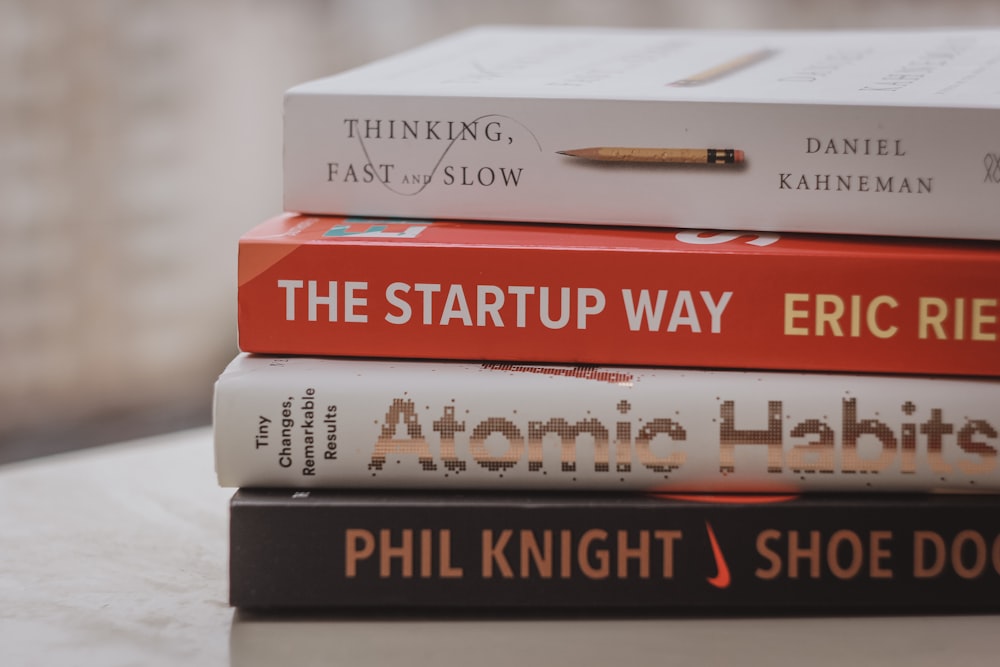Higher Education And Business Triumph: What’s The Connection?

In the dynamic landscape of the 21st century, the link between higher education and business success is more significant than ever. For students carving their career paths, understanding this connection is not just beneficial; it’s essential. This blog post will explore how higher education does more than impart knowledge—it prepares students for the real-world challenges of the business sector.
Higher education is the crucible where future professionals are forged. It’s not just about absorbing information; it’s about learning to think critically, analyze data, and adapt to new challenges. These skills are invaluable in the business world, where swift, precise decisions can make or break success. Thus, higher education institutions are not just centers of learning; they are the nurseries of future business leaders.
Consider the common student plea to “Write my discussion board post.” It may seem inconsequential, but it’s a microcosm of larger business practices: researching, articulating thoughts, engaging with diverse viewpoints, and persuasive communication. These skills are vital in business, whether crafting a business proposal or negotiating a crucial deal.
Empowering Critical Thinking And Analytical Skills
Critical thinking is the bedrock of higher education’s contribution to business acumen. In the complex world of business, challenges are seldom straightforward. Successful professionals must evaluate situations, weigh options, and anticipate outcomes. Universities and colleges are where students hone these critical thinking skills through varied assignments, case studies, and group discussions, preparing them for the nuanced decision-making required in business.
Equally crucial is the development of analytical abilities. In the business realm, the power of data is undeniable. The ability to dissect vast data sets, extract insights, and make data-driven decisions is a key differentiator in business. Higher education arms students with these analytical skills through courses in statistics, research methodologies, and data analysis, making these skills not just academic exercises but practical tools in the business toolkit.
Adaptability And Communication: Key Business Skills
In addition to critical thinking and analysis, adaptability is a skill honed in higher education that has direct applications in business. The fast-paced, ever-changing business environment demands adaptability and flexibility.
Higher education, with its ever-evolving curriculum and diverse challenges, trains students to be adaptable. They learn to navigate changing academic landscapes, a skill they can later apply in navigating market trends and organizational changes in the business world.
Communication skills are another critical asset developed in higher education. Effective communication is vital in business, whether pitching ideas, networking, or leading teams. Higher education environments, with their presentations, group projects, and discussions, are excellent for cultivating these skills. Students learn to articulate their ideas clearly, listen to others, and collaborate effectively, essential skills in any business setting.
Networking And Collaboration: Lessons From Campus To Corporate
One aspect we haven’t touched upon yet is the importance of networking and collaboration. Higher education isn’t just about classroom learning; it’s also a hotbed for networking. Through clubs, organizations, and social events, students learn the art of building and maintaining professional relationships. These networking skills are directly transferable to the business world, where connections can be as valuable as skills and knowledge.
Collaboration is another crucial skill developed in higher education. Projects, team assignments, and extracurricular activities require students to work together, often with diverse groups. This experience is invaluable in the business world, where teamwork and the ability to harness diverse strengths and perspectives are key to success. The ability to collaborate effectively, often honed in the academic setting, can greatly enhance professional effectiveness in a business environment.
Moreover, the diversity experienced on college campuses is a precursor to the global nature of modern business. Working with peers from varied backgrounds and cultures prepares students for the global business landscape, where understanding and respecting diversity is crucial for success.
Innovation And Entrepreneurship: Fostering A Business Mindset
Another significant aspect of higher education is its role in fostering innovation and entrepreneurship. Many universities offer courses and programs specifically designed to nurture entrepreneurial skills. These programs provide not just the theoretical knowledge of business operations but also practical insights into starting and managing a business. This environment stimulates creative thinking and innovation, essential traits in today’s competitive business world.
Students are encouraged to think outside the box, challenge the status quo, and develop a mindset that sees opportunities where others see obstacles.
This entrepreneurial mindset is highly valued in the business world, where innovation drives progress. Higher education thus serves as a breeding ground for future innovators and entrepreneurs, equipping them with both the mindset and the tools needed for business success.
Integrating Technology And Business Education
In today’s tech-driven world, understanding technology and its application in business is crucial. Higher education institutions are at the forefront of integrating technology into their curricula. Whether it’s through coding courses, data analytics, or digital marketing, students are equipped with tech skills that are highly sought after in the business world.
The exposure to technology in higher education goes beyond just learning how to use it; it also includes understanding its impact on business. This includes insights into how technology can streamline operations, enhance customer experiences, and open new avenues for business growth. By the time students graduate, they not only understand the importance of technology in business but are also prepared to leverage it effectively.
Final Thoughts
As we have explored, the connection between higher education and business success is multifaceted and profound. Higher education not only provides foundational knowledge and technical skills but also cultivates critical thinking, analytical abilities, adaptability, and communication skills. These attributes can transform a competent professional into a successful business leader.
For students reading this, remember that your time in higher education is more than a journey toward a degree. It’s an opportunity to build a skill set that will serve you in the complex, exciting world of business. Embrace the challenges and opportunities of your academic journey, for they are preparing you not just to enter the business world but to excel in it.
Read Also:














